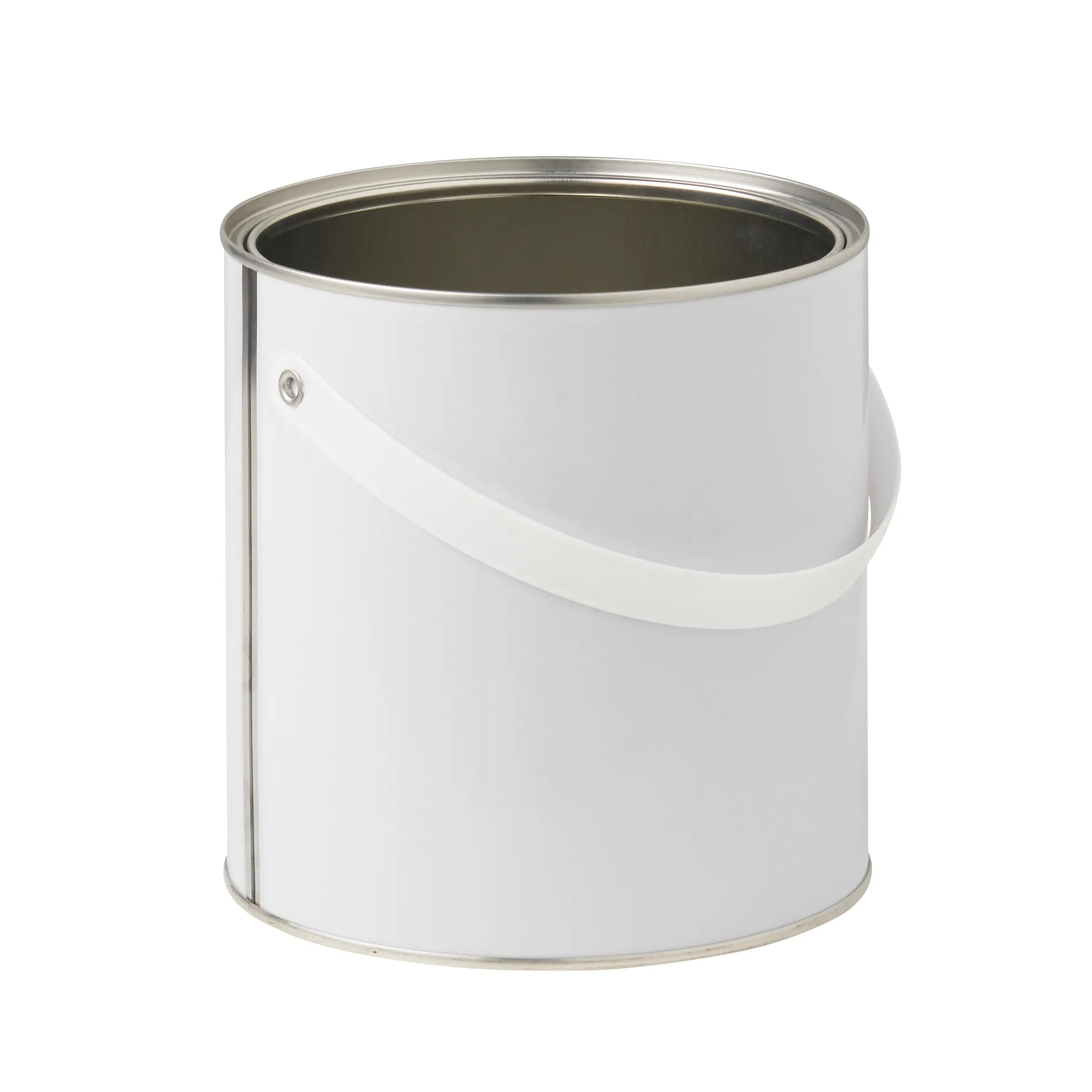Smart packaging is changing how businesses operate, with 89% of companies currently using some form of connected technology. The capabilities of digital packaging are especially relevant to the food industry, where traceability, product safety and data are so important. One of the simplest ways to utilise digital technology is to include a QR code on the packaging.
QR codes: Boosting supply chain visibility
QR codes were invented by the car company Denso to control stock, so it is no surprise that they are ideal for tracking goods in transit. Supply chain traceability is essential for businesses and useful for consumers. Goods can be given specific QR codes, which can be scanned by drivers, warehouse staff or suppliers, allowing them to be tracked in real-time.
Efficient supply chain tracking is useful for import and export when goods are crossing borders and time zones. QR codes can track a product’s life cycle. This is likely to become more important as environmental taxes, such as EPR come into force. There will be an increasing need for businesses to keep track of packaging and prove they have met the legal requirements for taxation and disposal.
QR codes make it easier to recall products. This can be vital in the food industry if there is a product safety or contamination issue. It means that shops and customers alike can quickly identify whether a product is safe (or not).
QR codes: Simplifying reordering
One of the most useful applications of QR code technology is simplifying the reordering process. Using a restocking QR code on wholesale food products such as pastes, powders, and flavourings makes it easy for caterers to reorder.Customers can scan a code and quickly and easily buy a product online. If it is fast and easy to reorder a product, customers are less likely to look elsewhere. QR codes can also allow businesses to upsell by promoting relevant products or offering discounts.
QR codes: Packaging that connects with customers
Connected packaging takes the customer beyond the label, enabling them to access more information in more detail. Businesses are no longer limited by the physical space of a packaging label. QR codes are a digital gateway to any online resource, from video tutorials to interactive recipe books, from audio guides to VAR.
Plastic buckets are a popular choice for food and beverage businesses and are suitable for IML printing too, making it easy to incorporate a QR code on the label. It is a change that Dave Protheroe, Invopak’s Group Designer, has noticed: “In the last couple of years, we’ve seen a big increase in businesses using QR codes in their packaging designs. It makes sense because it’s an easy way for businesses to connect with their customers.”
QR codes can easily be included on printed packaging
QR codes: Improving allergen safety
The scope for connected packaging is broad, but one of the most significant is in allergen safety. According to a recent report, more than half (56%) of people with food allergies have had an allergic reaction from mislabelled or unclear food packaging in the UK, with 23% of those experiencing multiple reactions. Connective packaging allows customers to access detailed allergen information quickly and easily, and can highlight any allergen warnings.
Smart packaging: The future
There will always be a need for pack-side information, but connected packaging opens up new opportunities. New opportunities to connect, inform, educate, manage inventory, build brand loyalty, and, of course, sell. Smart packaging is here to stay, and the more businesses can leverage that technology, the more they will benefit.







